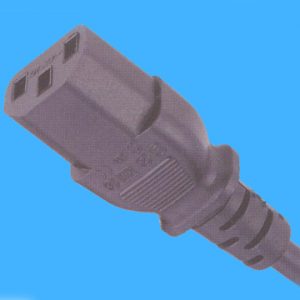Six years ago I had a bad experience with hot glue. I expected it to be waterproof and it wasn’t. I did an immersion test and within 3 days the glue turned into a whitish gelatin and fell off. That’s barely water resistant and certainly not waterproof.
For waterproofing I usually lean towards silicone (RTV, silastic, aquarium cement). It works well in every application I’ve ever used it on. But hot glue is so convenient and sets so fast that I kept thinking about it and wishing I could use it. A few weeks ago I decided to learn more about hot glue.
There are many different kinds of hot glues used in industry and most of them are available in standard 11mm sticks, but I would much prefer to use the common household clear bluish or yellowish stuff if possible. The standard home-use glue is made from EVA (ethylene vinyl acetate) plus various additives to adjust its characteristics. Nearly every article I read says that “hobby” hot glue is waterproof, and indeed, EVA is a waterproof thermoplastic. This disagreement with my experience really got me studying. Something is not adding up here. I learned about all kinds of hot glues and their characteristics and just as I was getting ready to compose emails with specific questions to hot glue manufacturers, I ran across the answer.
What happened to me six years ago was a “materials compatibility problem”. Six years ago, what I had done was to waterproof some electronics by building it inside of sealed PVC pipe. The plan was to bring a couple of small insulated wires out through a small hole in the pipe and then seal it up by pumping hot glue into it. This is the application that failed the immersion test. Naturally I assumed it was the water that caused the failure, but it was not the water. It was the PVC pipe material and especially the PVC insulation of the wires. Actually, it was not the PVC itself but the pthallate plasticizer that’s mixed with the PVC to make it flexible and not brittle. PVC wire insulation has an especially high amount of pthallate. Pthallate attacks EVA and causes it to decompose, and that’s why my test failed.
Recently I’ve done more experiments with EVA hot glue. Yes the material is waterproof. I’ve had a glob of hot glue immersed in water for weeks and it’s unaffected. I did another experiment where I used EVA to hot glue polyurethane to painted ABS. It sticks like a weld. You have to destroy the pieces to get them apart and it’s unaffected by water. So it all depends on materials compatibility. I just wish I had known this sooner.

Recent Comments